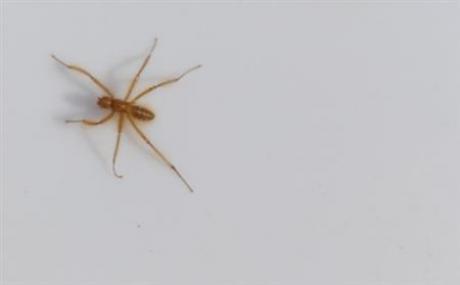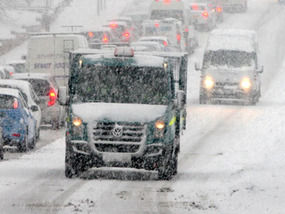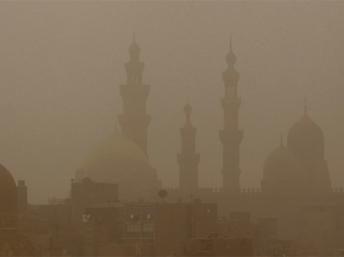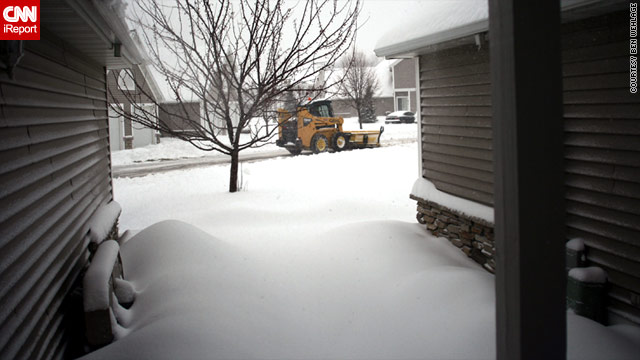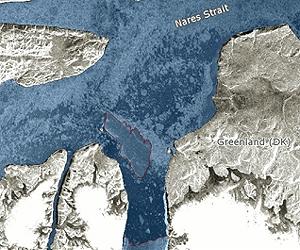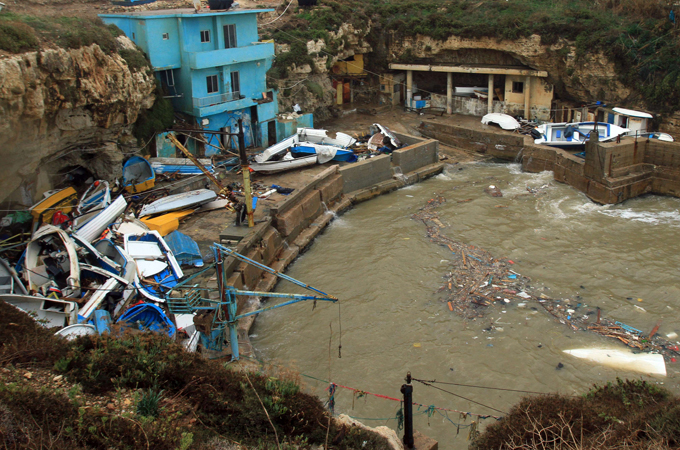
An enormous storm has battered the eastern Mediterranean over the weekend, causing destruction in several countries and bringing to a dramatic end months of drought.
Lebanon, Israel, Syria, Jordan and Egypt were all hit by severe weather, with lashing rain, hail, snow and standstorms wreaking havoc across the region.
In Lebanon, 10 metre waves smashed into the coastline as wind speeds topped 100 kilometres an hour on Saturday. A woman was killed when her car was crushed in the northern city of Tripoli, and four small planes were flipped over at Beirut's airport.
By Sunday, the rain had turned to snow in the country's mountains, leaving drivers stranded on frozen roads. Meanwhile coastal roads were closed as fishing boats were smashed to pieces by enormous waves.
In Israel, a Moldovan freighter sank in the storm off the coast of Ashdod after its 11 crew members were rescued, and a Russian tourist was feared dead after being swept into the sea.

